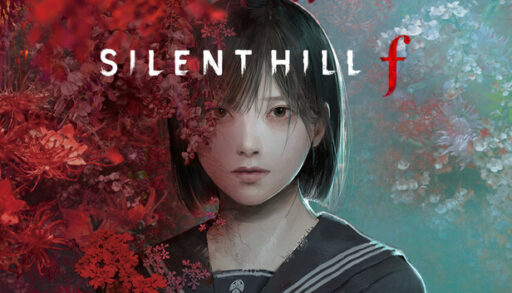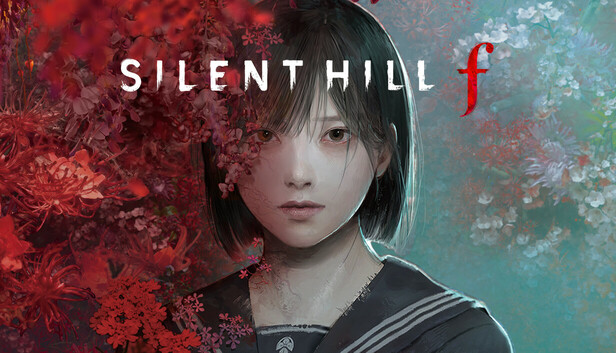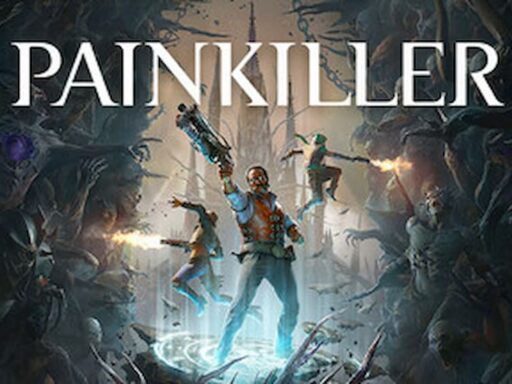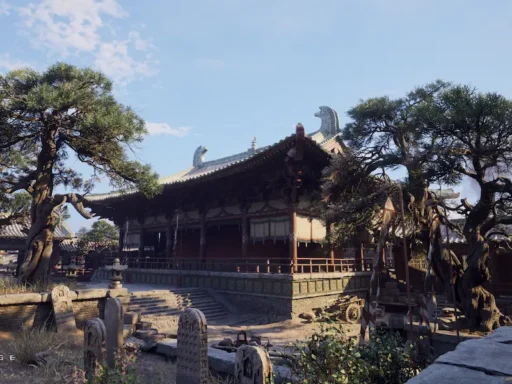Last updated on October 26, 2025
I have to admit, Silent Hill never felt like “my” franchise when I was younger. I missed out on its PS2 heyday, watched friends get sucked into its eerie world, and mostly absorbed the magic from the sidelines. But the past few years changed things for me—especially when I played Silent Hill 2 Remake. It was so dense, so evocative, that it left me craving more. Enter Silent Hill F—a bold reinvention, a trip to rural Japan, and an adventure that chewed up far more of my life than I planned, in the best possible way.
First Impressions: An Atmosphere Like No Other
I’ll be real: my expectations for Neobards Entertainment were not high. They lacked prestige, and the choice to set the game outside of “Silent Hill” proper seemed almost sacrilegious. But from the first steps into Ebisugaoka, a sunken mountain village lost in the fog, I was hooked. Every alley, shrine, and rickety bridge has a story. There’s a violence to the quiet—a sense that even the flowers watch you.
I loved that the art direction leans hard into folklore: torii gates, paper lanterns, shifting fields of crimson spider lilies. In Silent Hill F, beauty and terror intermingle until you feel both at every moment. Over dozens of hours, the fog stopped being just an atmospheric trick—it became a character of its own, smothering and seductive.
Story: Tragedy in Bloom
The narrative roots itself in trauma, guilt, and trying to break free from cycles of pain. The protagonist, Hinako Shimizu, is a student suffering crushing abuse at home. Her desire to escape her father’s cruelty kicks off a spiral into madness, as the lines blur between real and supernatural, sanity and delusion.
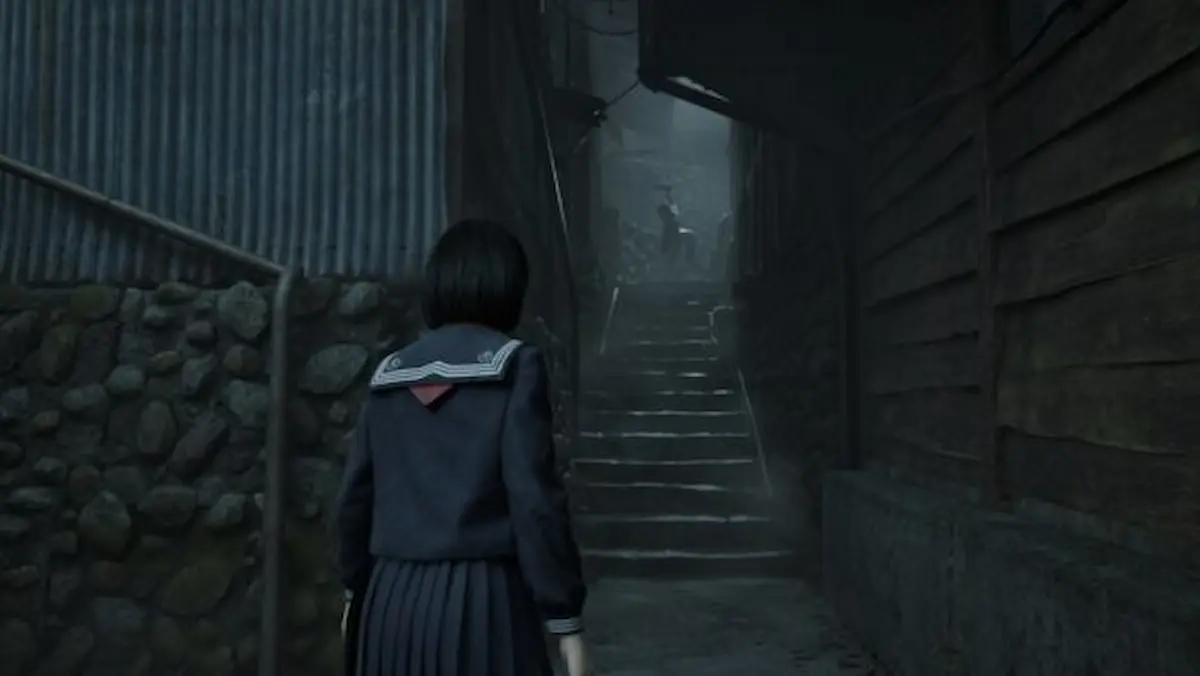
Silent Hill F doesn’t dump exposition on you. Instead, it forces you to piece together journals, whispered memories, clues found in odd corners, and the actual layout of Ebisugaoka. The town becomes both a map and a puzzle—one that transforms as your understanding of Hinako’s story deepens. Sometimes, I found it almost overwhelming, tracking five endings, multiple branching choices, and countless snippets of hidden lore. But that’s also what sucked me in—my choices mattered. When I finally reached my third ending, I felt like I had rewritten Hinako’s fate myself.
The supporting cast is rich with ambiguity. Sometimes, you’re not sure who or what to trust—even your own senses. I especially appreciated how the game leans into themes of feminine trauma, social pressure, and cultural isolation. It’s not afraid to use Japan’s own history and mythology for psychological effect, something few Western horror games attempt. The village isn’t a passive backdrop: its secrets, from decaying shrines to the “Dark Shrine” realm (a spiritual parallel to classic games’ Otherworld), are integral to solving the game’s larger mystery.
Puzzle Design: Layered, Clever, and Immersive
Puzzles in Silent Hill F are among the best I’ve seen in years. Each main area—Hinako’s school, her fragmented home, the decaying rice fields—introduces its own “logic.” Sometimes you’re decoding a student gossip ring to crack a locker combo; other times, you’re navigating spirit mazes in search of ceremonial objects or using environmental storytelling to reconstruct what happened to missing villagers.
The devil is in the details: you really need to read every document, observe the subtle changes in décor, listen to local rumors, and even decode metaphors in the music. Puzzles escalate in challenge on higher difficulties; as someone who loves to test my brain, I found Hard mode to be especially rewarding. And it’s not just difficulty for its own sake—each solved puzzle pulls you deeper into the twisted history of Ebisugaoka.
Some of my favorite memories involve Omamori talismans—protective Japanese charms that provide buffs or lore. Some are easy to spot; others require revisiting past locations, testing multiple solutions, or just having the patience to observe when the fog shifts. I lost hours just “wandering”—and never got bored.
Combat: Clunky Tension, Real Stakes
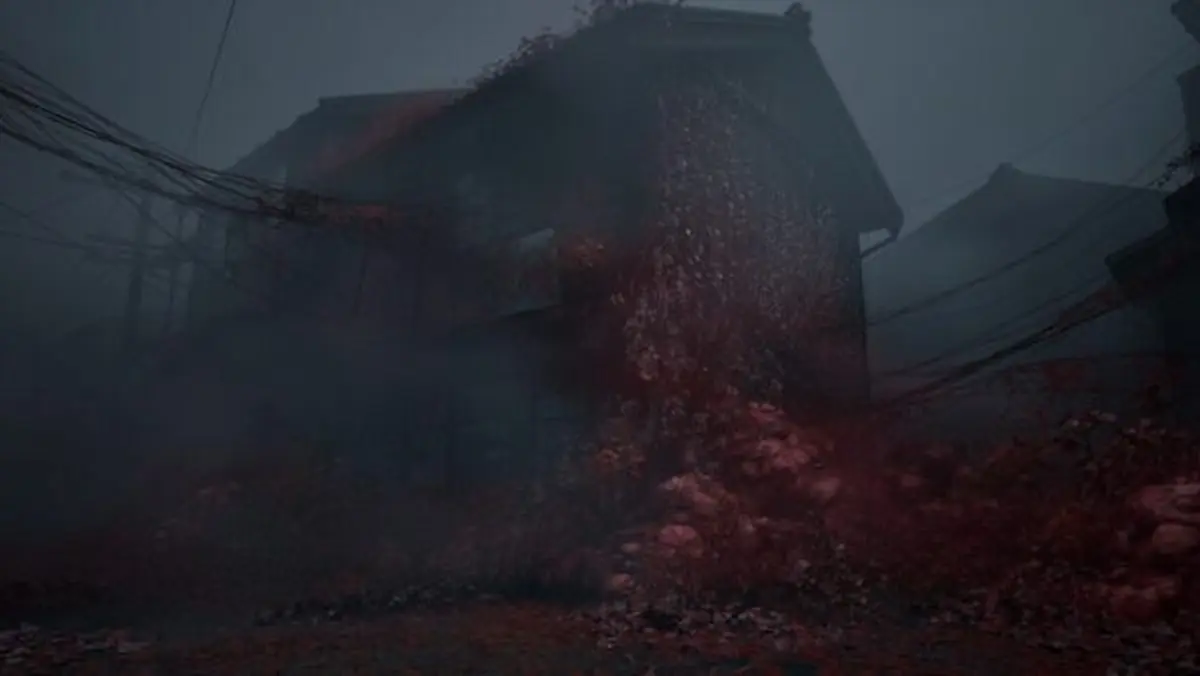
If there’s anywhere the game divides fans, it’s combat. Let’s be honest: action isn’t always smooth. The weapons—mostly melee, with limited durability—tend to snap mid-fight. Dodges can feel floaty, and getting stun-locked by aggressive enemies is a real risk. But somehow, the awkwardness works. You’re not Rambo bashing through monsters; you’re desperate, often underpowered, and often better off running or hiding. This, I think, is at the heart of survival horror.
The enemy roster is unsettling and creative. The first time a scarecrow enemy shambled out of the fog, I froze. Later, massive, shambling bosses stomped me into paste, reminding me that in Ebisugaoka, size almost always means terror. New Game+ runs let you approach combat from different strategic angles, and experimenting with the game’s three difficulty levels (Story, Hard, Lost in the Fog) constantly changes up the pace. I found “Lost in the Fog” borderline sadistic, and I loved it.
Visuals: From Rustic Serenity to Nightmare Fuel
Silent Hill F is the best-looking game I’ve played this generation. Unreal Engine 5’s Lumen lighting, particle fog, and nanite geometry produce pure environmental immersion. The shift from American small-town horror to Japanese rural dread pays off. Classic shrines, bamboo forests, waves of parasite-laced flowers—a sinister, hypnotic beauty overlays everything.
There’s a lived-in polish to every object. Schoolbooks decaying on desks, graffiti from desperate students, and decaying family altars all tell the town’s story. The Dark Shrine—the spiritual otherworld at the heart of the narrative—deploys color, shadow, and geometry in inventive ways, with contorting monsters and shifting realities. For anyone who loves atmospheric games, this one delivers in spades.
Performance isn’t perfect. On PlayStation 5 Pro, I saw drops in frame rate when a dozen enemies swarmed. But for a game this visually dense, I was willing to overlook it.
Soundtrack and Audio: Haunting, Emotional, Iconic
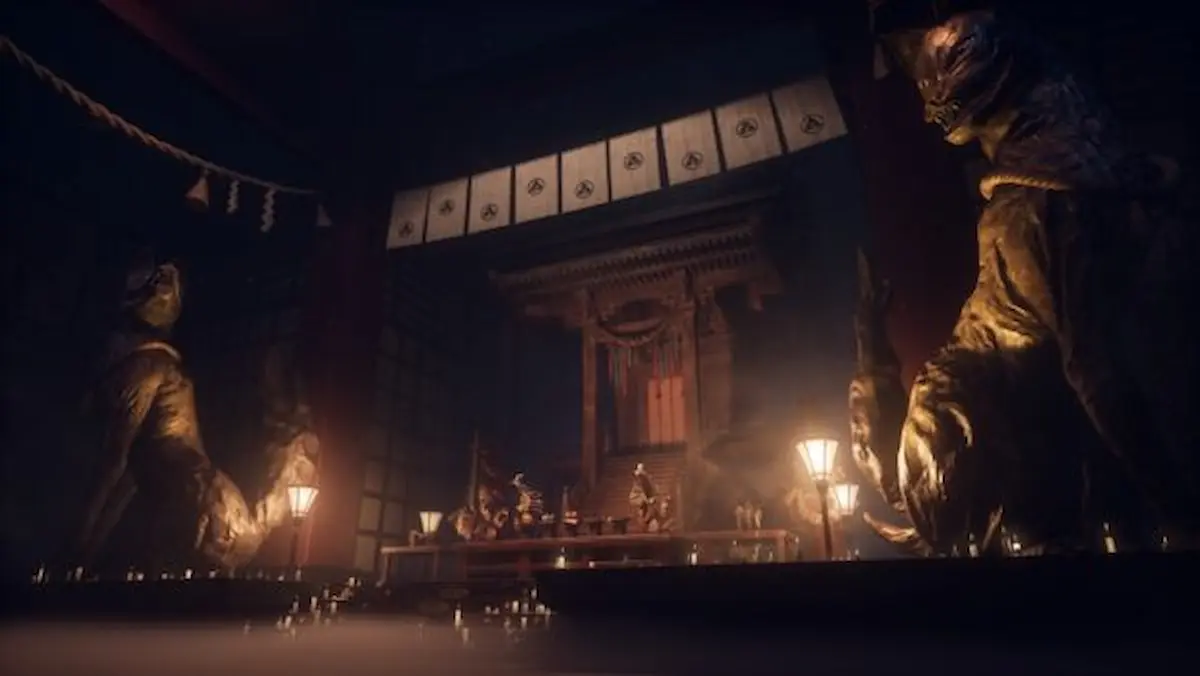
Audio is everything in a horror game, and Akira Yamaoka’s soundtrack is a triumph. Every track is laced with sadness, nostalgia, or dread. When wandering empty alleys, I sometimes paused just to listen as the music shifted with the fog.
Ambient audio is a psychological weapon. I never once felt safe, thanks to constant layers of environmental sound—boards creaking, wind whispering through trees, distant, unnatural laughter, and the chitter of hidden threats. The absence of cheap jumpscares is a blessing; instead, I found myself on edge in every seemingly “quiet” moment.
Yamaoka’s score is stitched throughout every major section, and artbook extras let you dig even further into the creative process. As a gamer and soundtrack obsessive, these touches made the entire world more three-dimensional.
Replayability and Value
I finished my first playthrough in just under 13 hours. But with five endings, hidden collectibles, journal entries, and New Game+ content, I easily doubled that on additional runs. Subsequent playthroughs unlock deeper understanding of both Hinako’s journey and the town’s curse. There’s always something more—be it a missed puzzle thread, an optional boss encounter, or a side narrative that makes you view the main story in a new light.
Technical Notes
No game is flawless. Beyond the occasional frame drop, I did encounter a couple of softlocks—one requiring a restart from a checkpoint. On balance, performance was solid, and the immersive art, sound, and story far outweighed any technical complaints.
Thematic Depth: Horror That Resonates
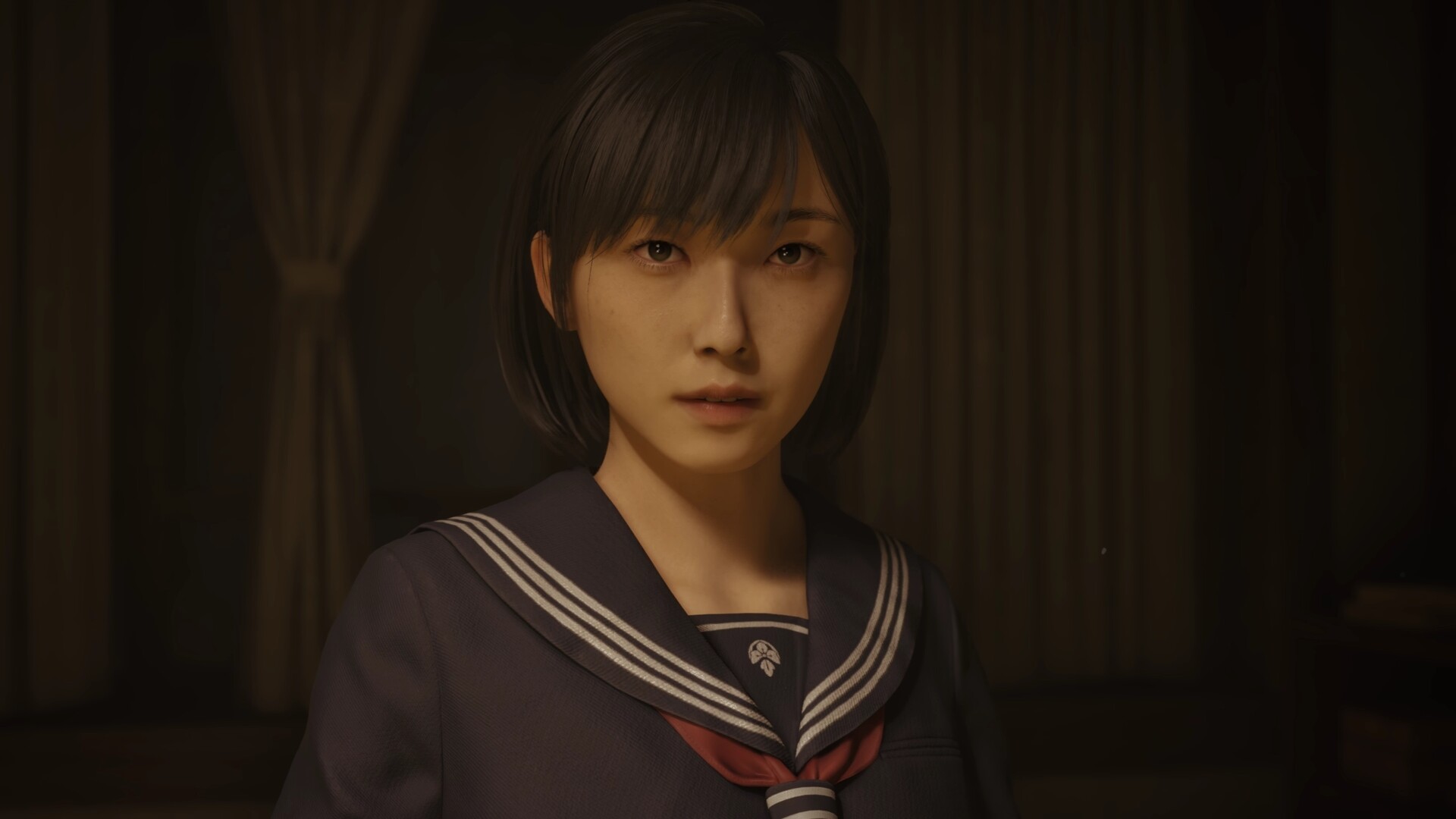
What’s truly moving about Silent Hill F is how it uses Japanese settings and philosophical themes. Rather than just replicate American horror, it explores grief, shame, ostracization, and the healing or destructive power of memory. These ideas are realized not just in narrative but in mechanics, visuals, and sound.
This isn’t just a horror game reaching for cheap screams; it’s a meditation on personal and cultural trauma. The mix of modern and traditional Japan, of beauty and violence, gives each haunting a context and makes Ebisugaoka feel like a real place—a place with a soul. That artistic ambition, more than any single technical achievement, is why Silent Hill F will stay with me.
Final Reflections
Silent Hill F delivered absolutely everything I could want from a survival horror: tension, intellect, technical beauty, and deep emotion. Yes, it asks for patience—sometimes pushing frustration with its puzzles and imperfect combat. But the rewards are immense.
Silent Hill F is not just the best horror title of the year; it sets a new gold standard for the genre. For new fans and series veterans, this is the dark journey you’ve been waiting for. Don’t miss it.
Final Score: 9.8/10


